[This post is a couple of weeks overdue – we’ve been struggling to keep up with blogging whilst loving our time in Japan… more posts coming soon…]
After a brief overnight stop in Toyko (more on that in a future post) we jumped on a train to the chilly alpine region and the town of Yudanaka. Having been in 30+ degrees only 24 hours earlier we quickly noticed the difference as we looked out of the train windows to the snow capped mountains.
We spent our first two nights in the region staying at an old Ryokan (a traditional Japanese style guesthouse, in our case the owners were sixth generation) called Shimaya. We loved the experience of sleeping on the floor on the very comfortable tatami mats (feels a bit like camping inside), bathing in the boiling hot onsens and enjoying the personal, quirky and traditional Japanese hospitality from the elderly but amazingly helpful owner. During check in, for example, he asked where else in Japan we were going, disappeared for a few minutes and came back with maps for Kyoto, walking trails for Matsumoto and brochures for other parts of our trip! If staying in the area definitely look up Shimaya.
Yudanaka and nearby Shibu Onsen town are famous for their natural hot springs onsens. Those staying at certain ryokans in Shibu Onsen town are given a special key that provides access to nine onsens scattered along the two sleepy streets in the town. Tourists (mostly domestic but some international) are seen strolling through the town wearing traditional Japanese robes (called yukatas) going from onsen to onsen. Our ryokan was not part of this but provided us access to a private outdoor onsen which we used on night one. To get to it we strolled through the town in our yukatas, arriving to the absolutely boiling outdoor onsen we dropped our robes and soaked in the heat while it snowed (sleet really) on top of us. The rest of the time we used the great indoor shared onsens in the ryokan – as it was very quiet they were pretty much private onsens for us anyway.

Our real reason for visiting the region however was to visit the Jigokudani Snow Monkey park. Our ryokan owner drove us to the park so that we arrived 30 minutes before it opened (it does get busy about an hour later but we were first to arrive). After a 20 minute walk (which was very cold and snowy!) we arrived at the outdoor hot springs and immediately were overwhelmed by the sheer number, cuteness and closeness of the red faced snow monkeys. This is NOT a zoo. The monkeys come down from the mountains in the morning to warm up in the hot springs and there were hundreds of them. Unlike the evil monkeys of Cambodia and other parts of South East Asia these had no interest in the humans around them and were in no way aggressive (only occasionally to each other but not people). We watched for around an hour of so – especially loving the mothers hugging their babies to provide warmth; the friends grooming each other; the yogies doing their morning workout in the pool; and the sunbathers chilling out on the edges of the water. We took a few hundred photos and once again were reminded how much we love spending time with animals when they are free to do their own thing! I easily could post pages of photos but will be kind to those of you reading this on your train ride to work.





We were recommended a visit to the small town of Obuse a couple of train stops from Yudanaka by our guesthouse owner. Obuse was very sleepy and unfortunately the restaurant he had recommended was closed. We did however find a great Sake brewery where we sat and tasted a selection of cold sakes. Interestingly we were given three different types of salt to lick before having a drink (seemingly paired to match each sake), a little like before a tequila shot. We hadn’t seen this before but had insufficient Japanese to ask many questions.

After a couple of days in Yudanaka we jumped back on the train to Nagano and then headed onwards to Matsumoto – about a 45 minutes train ride away. We stayed in Matsumoto for two nights.
Matsumoto is home to one of Japan’s best preserved castles, the Matsumoto Castle, which dates back to 1504 with many parts of the castle still in original condition (unlike many castles throughout Japan which have been destroyed and reconstructed). The well organised walk through the castle (wearing slippers to protect the hard wood floors) didn’t take long but was well worth doing to see how the castles were designed to protect against attacks. The lack of crowds inside (and around) the castle made the experience all the more enjoyable. As did the views from the top.


We also visited the Matsumoto City Arts Museum. A small museum that didn’t leave a massive impression on me. The main attraction is a small collection of works by local (but internationally recognised) artist Yayoi Kusama whose work features a lot of coloured dots and enabled her to channel her childhood challenges with hallucinations into her art. Some of the works were interesting but I prefered the room where local photographers were showcasing their landscape snaps. With so many mountains and spas around the photographers had plenty of great subjects.

We came into Japan well sunned (tanned for Jen and pinkish for me) and weighing significantly less than when we left London. Knowing we can’t do much about the lack of sun Jen is keen to ensure we keep up the exercise to offset the indulgence in food and drink that we really can’t (well don’t want to) avoid in our few weeks in Japan. To kick this off Jen had researched a great 6.5km hike between Yubahara and Narai along a small part of the Nakasendo Trail, a walking path which connected Tokyo to Kyoto in the Edo period a few hundred years ago via 69 small postal towns. I had pictured a casual stroll along a reasonably flat stretch of road and expected to see a bunch of other tourists along the way. I was unaware of the adventure Jen had (perhaps inadvertently) planned for us. I realised at the first of about 20 beware of the bears signs and even more so at the first of the five large bells that we had to ring (we assume to scare away the bears rather than attract them!) that this was no ordinary stroll. The path taking us up to the Tori Pass was well signed, and although we were carefully watching for any grissly friends, the walk was fairly easy. As we got higher the path turned to snow and the English signs turned to Japanese only. Fortunately, my superior primal instincts ensured that we followed the paths with vague traces of human footprints and not those with bear prints and droppings. A few hours later we descended to the sleepy town of Narai without having seen a single person (or thankfully bear). All in all, good exercise and a really nice walk through nature.



I’ve almost managed to complete the post without any food references but we had such good food in these four nights it would not be doing the area justice not to mention our favourites.
We had an amazing kaiseki dinner (a traditional, multi course Japanese meal that usually has fish, rice, pickles, miso soup and tea) at Shimaya Ryokan. We opted for the menu that also included some organic beef from the area which we cooked ourselves in our private dining room. This was followed up with a great Japanese breakfast (not dissimilar to the dinner but smaller and less glamorous) at the ryokan’s retro dining room complete with a self playing piano.

We enjoyed great craft beers and small tapas style food at the very friendly Leap Frog bar in Matsumoto.

We loved the little Izakaya (Japanese bar that serves a broad selection of foods, usually fit about 10 to 15 people around the counter) called 一田屋 hidden around the back of Yudanaka station. We were the only ones there and enjoyed chatting to the very friendly owner, drinking sake and eating the handrolled freshly made gyozas.

The local area is famous for cold soba noodles served with dipping sauce. We had some at a small restaurant in Shibu Onsen town. These were tasty but the place didn’t stand out enough for a specific recommendation – there are many restaurants serving these dishes around the towns.
Overall, we loved this part of Japan. Most people visit the area for the monkeys or to ski but these towns and especially Yudanaka provided us with a greater insight into more regional Japan.
Next: Tokyo to join up with Lila and Rob who will travel with us for the rest of our time in Japan.
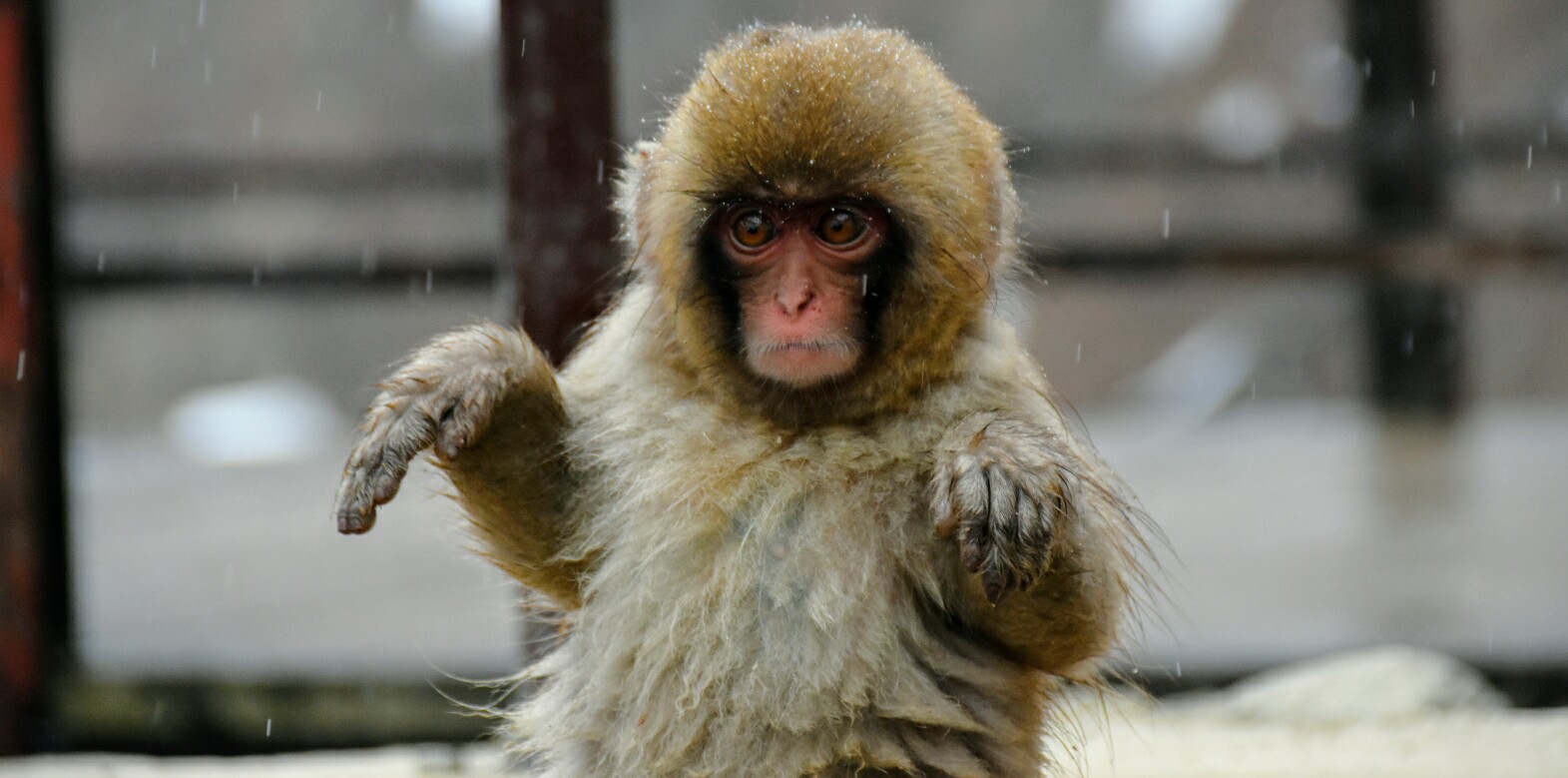
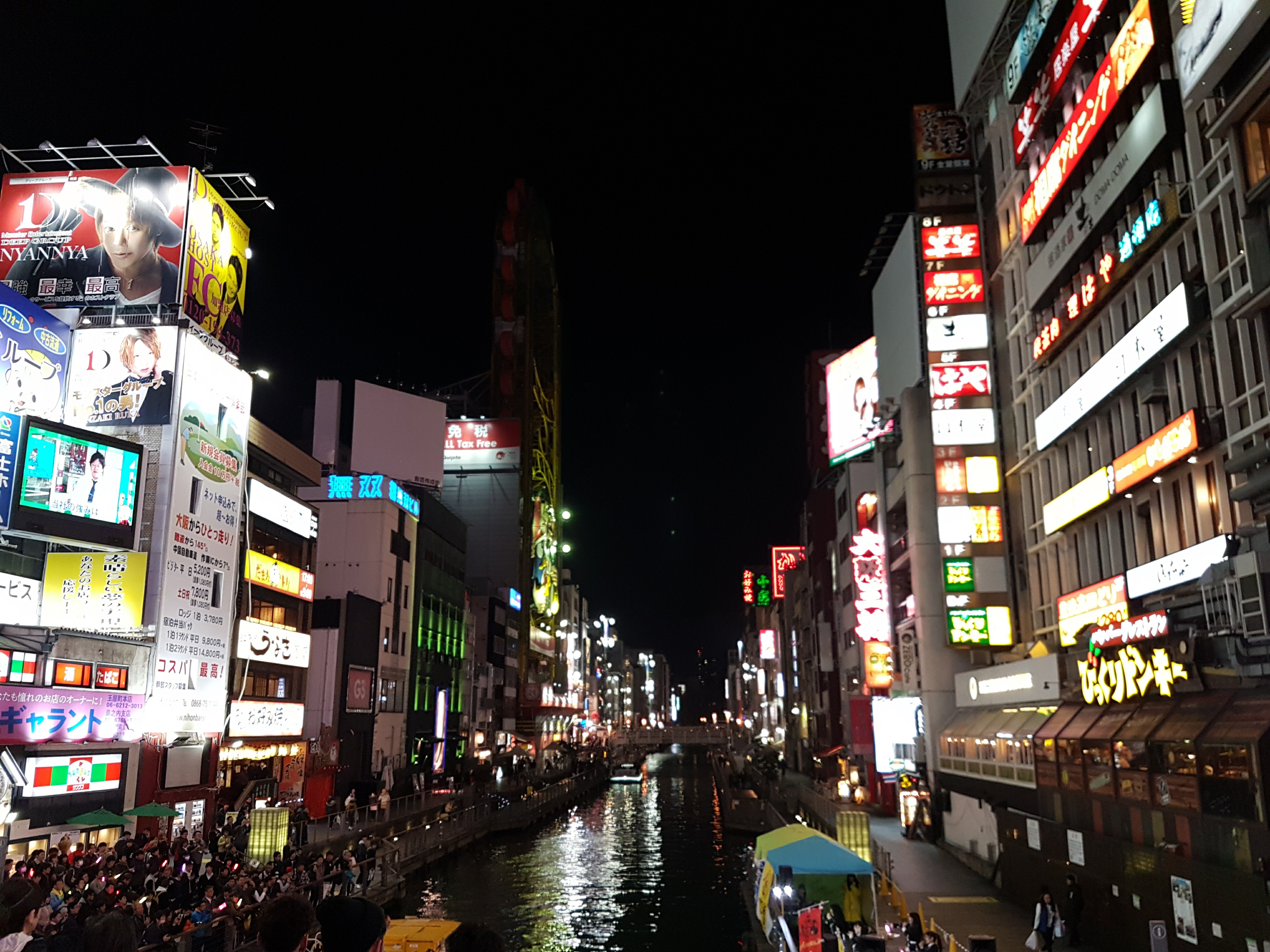
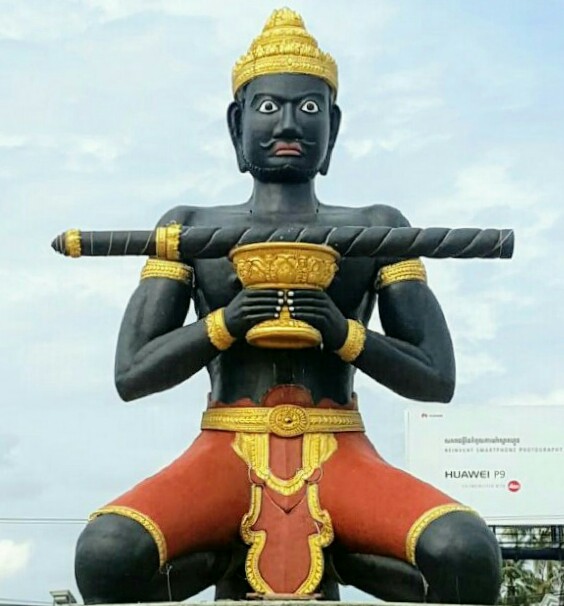
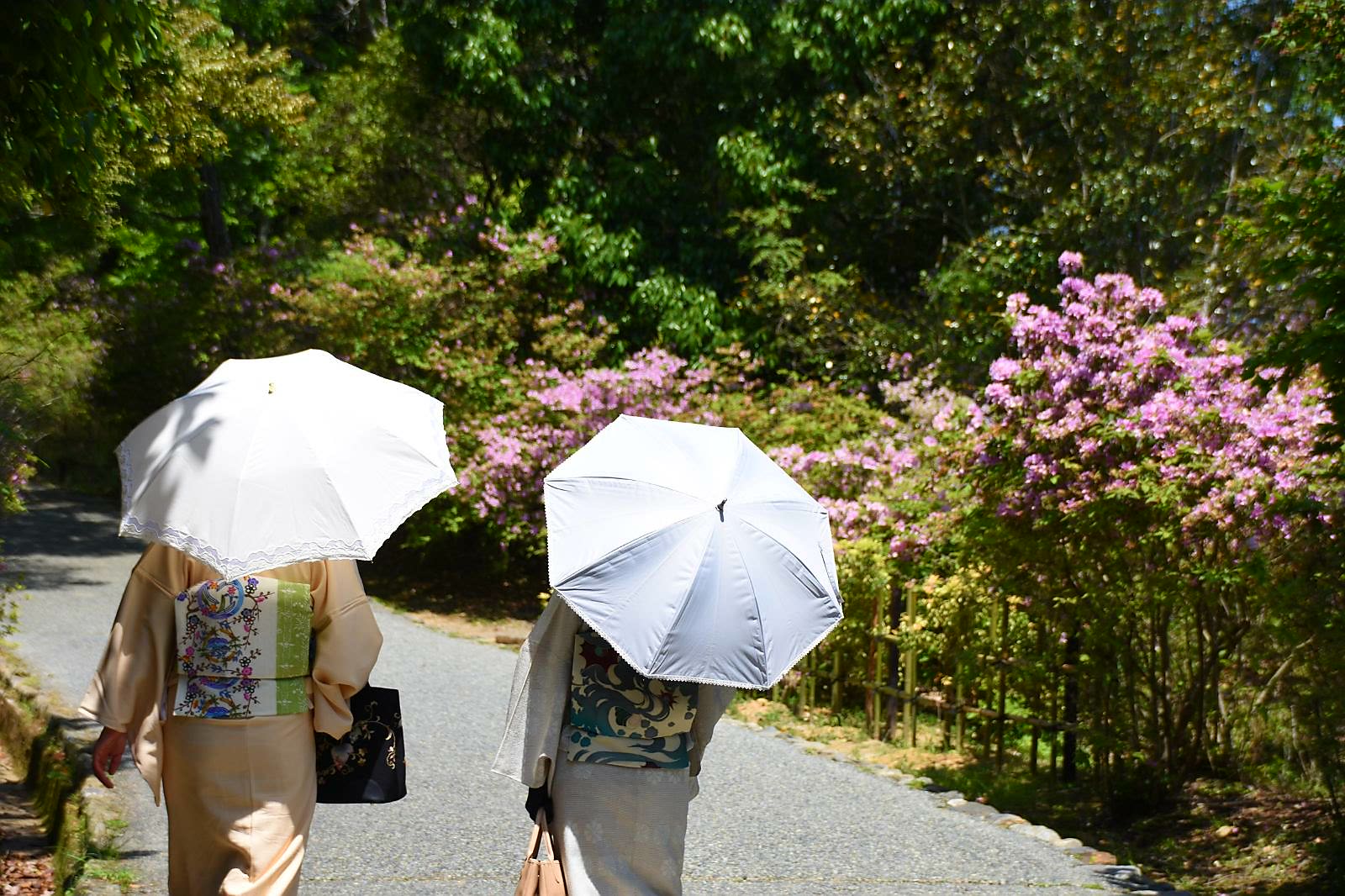
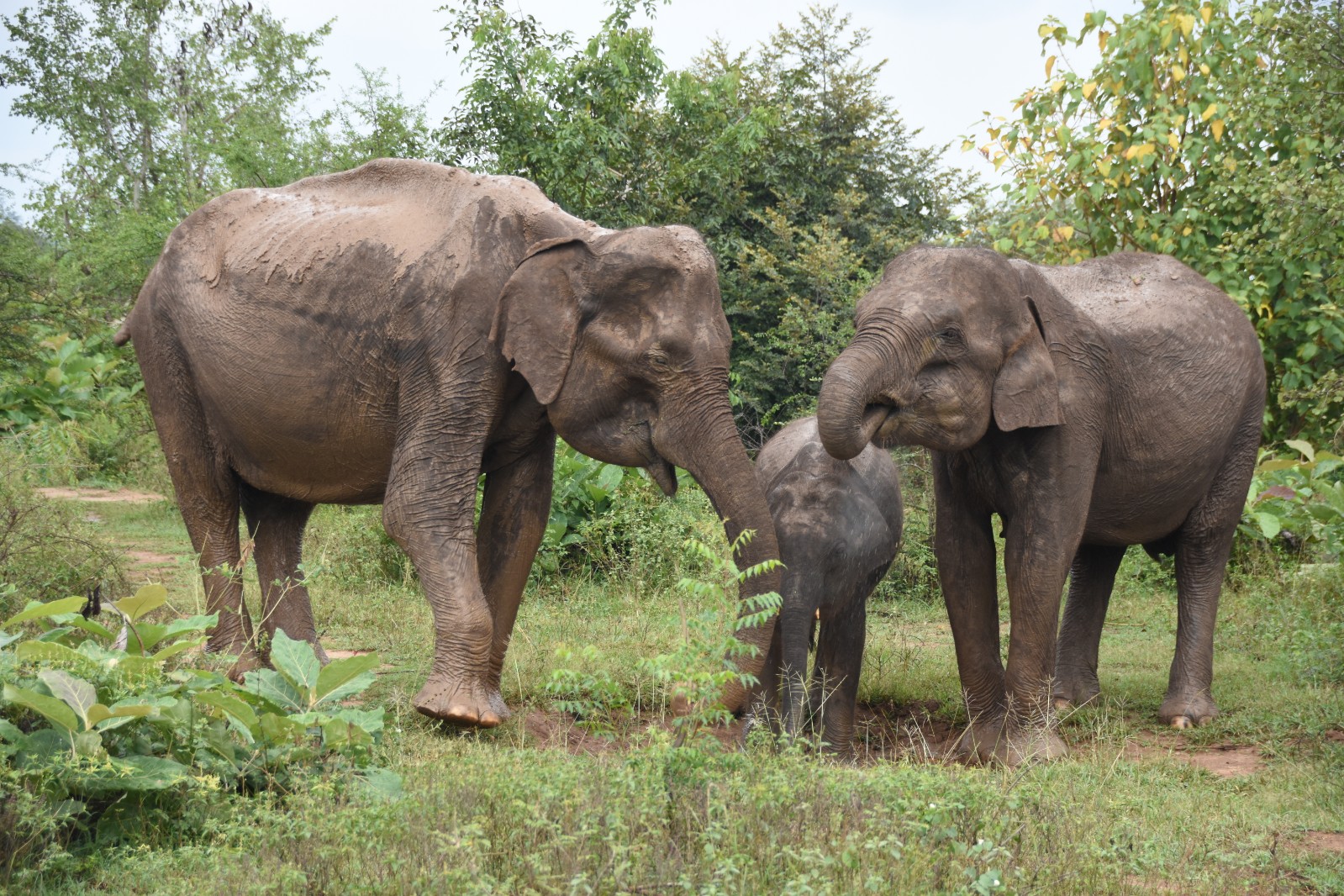
Jen H
Firstly – how Super Cute are the snow monkeys!!!
Secondly – JV, epic jumping shot!
X
Jen
Thanks Jen-H, I definitely had a spring in my step in Japan! The monkeys were adorable 🐒🐒🐒